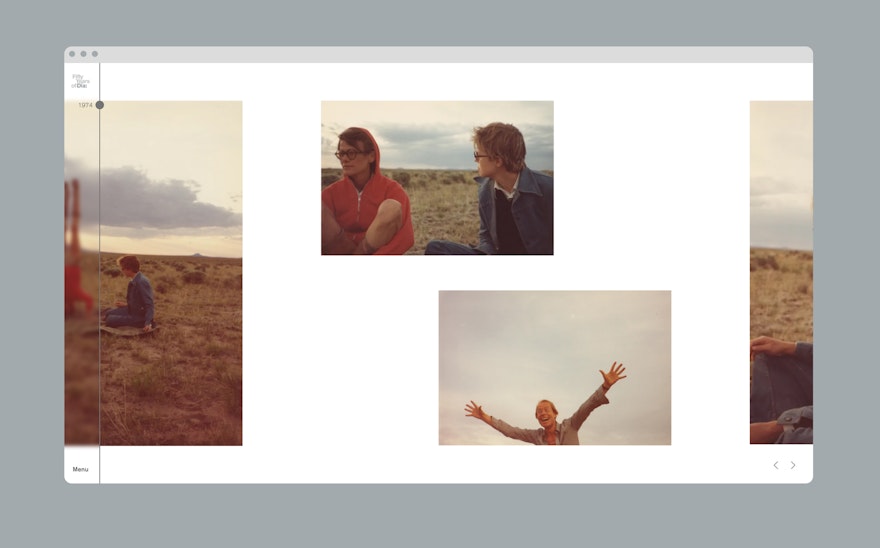

These mini masterpieces originated in nineteenth-century Europe and are now highly valued as an important part of the history of graphic design, popular art and social tradition.
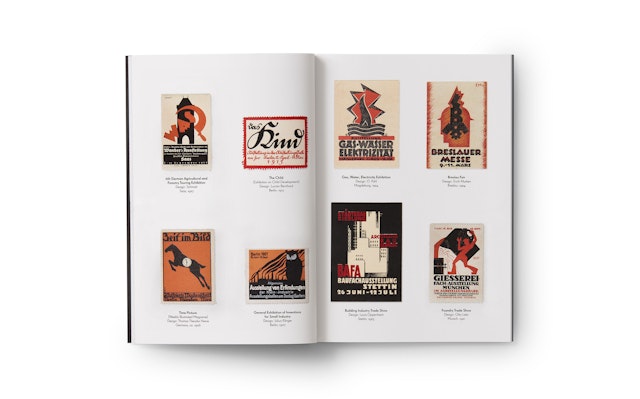

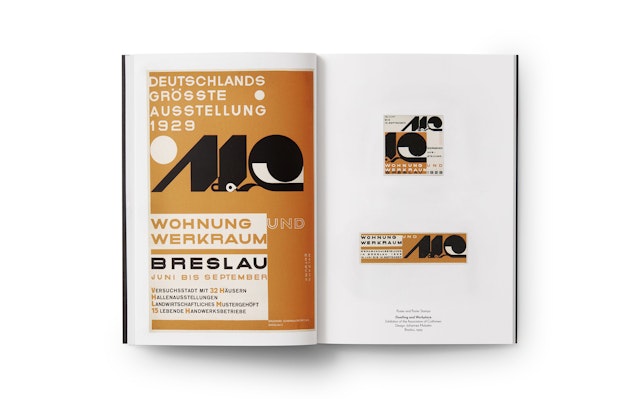
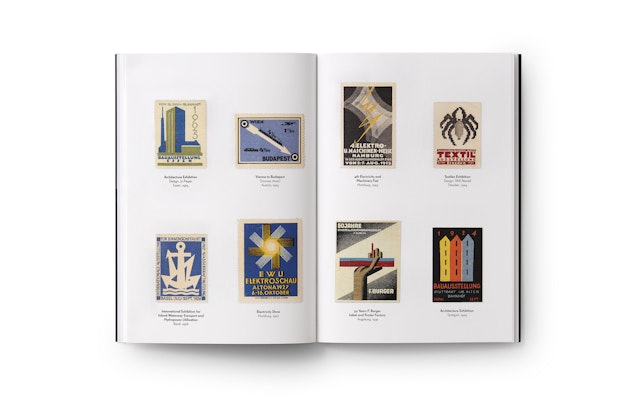


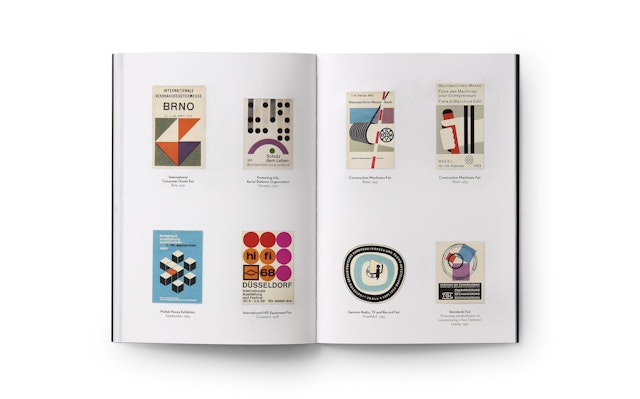
Poster stamps were printed in the same way as postage stamps, in multiples on large sheets separated by perforated edges with a glued backing. Their visual style, originality and intricacy made them popular collectables.
The latest Pentagram Paper is designed by Associate Partner Jane Plüer and features some of her extensive collection of poster stamps. These mini masterpieces originated in nineteenth-century Europe and are now highly valued as an important part of the history of graphic design, popular art and social tradition.
Designed as miniature advertisements they could be found stuck on envelopes, letters and bills. The stamps were created by commercial artists, illustrators and printers, who all added their own effects and interpretations, often including the work of contemporary artists of the time.
Poster stamps were printed in the same way as postage stamps, in multiples on large sheets separated by perforated edges with a glued backing. The visual style, originality and intricacy of their graphics made them popular collectables with both adults and children, with people keeping their collections in specially produced albums.
The poster stamps in issue 50 originate from German-speaking Continental Europe, including Austria, old Czechoslovakia and Germany. This was the heartland of Modernism, the main inspiration for the heyday of poster stamp design in the 1920s and 30s, and then its revival from the 1950s to the 1970s.
Whereas the nineteenth-century poster stamps showed different influences, from Japanese prints to Art Nouveau, the advent of Modernism in the early part of the twentieth century unleashed several new artistic styles, from Fauvism, Cubism and Constructivism to De Stijl, Dada and Art Deco. These styles took their cues from machines and technology, practicality and usefulness. They caught the popular mood and were perfect for the miniature world of the poster stamp.
Jane reveals more about her collection below.
When did you first become aware of poster stamps and how many do you have now?
I think this was around 10 years ago now, I saw some stamps that I couldn’t make sense of as they didn’t have a value printed on them—until I realised they were mini advertising posters—that’s when I became hooked! I now have hundreds of them. I was only able to show a small sample in the Pentagram Paper.
What makes poster stamps so special, and why do you think they have such an appeal?
At the time poster stamps emerged in the late 19th/early 20th century to promote products and events, stamps were mostly single colour etchings or engravings. As commerce evolved and new ways of advertising emerged, poster stamps (or ‘advertising stamps’ as they are called in Germany) stood out in their punchier designs and use of bolder colours. That, coupled with their miniature size, made them quickly desirable as collector’s items. It’s what appealed to me: posters in doll’s house format.
Which were the first poster stamps in your collection?
I can’t actually remember what my first stamps were, but I know that they are to 90% modernist in design from both the 20s and the 60s. To give my collection some focus, I mainly look for poster stamps from German-speaking countries: Germany, Austria and Switzerland. My collection is mostly from the 1910s to the late 1930s, so it also includes places like today’s Czech Republic, Slovakia and Poland.
Are they hard to get hold of? Where do you normally source them from?
I scour the usual second-hand places from flea markets to stamp shops to eBay etc. I have made friends with some dealers in Germany who always look out for some interesting stamps for me. It can get a bit nerdy at times but that’s what happens when you collect more niche items.
Which are your favourites, and which are the most unusual?
I love all my very bold typographic stamps, the ones where you can tell that Bauhaus-ideas were an influence. As I look through, I realise I mainly ended up collecting stamps that promote events. I have quite a few that advertise products, but event promotions definitely exceed those. One thing I have very few of are political stamps. In the same way that any advertising format can be used and abused by political movements, poster stamps also became a propaganda tool. It is a whole sub-genre I am less interested in and have limited it to just a few examples I found visually interesting. I have, for example, a fascinating stamp that has been appropriated by the communist party and defaced by hand to make it their own. It looks coarsely executed but it intrigued me so I have added it to the collection especially as I also have the ‘clean’ version of the stamp. The design is by Julius Klinger who was an incredibly talented commercial artist and typographer.
How do you display your collection?
Very boringly: in stamp books. They don’t see much daylight as they would be difficult to exhibit and I am also paranoid about sunlight—I have lost too many book spines to that already. It would be heartbreaking to lose stamps to light too!
Are there any poster stamps that you don’t have yet but really want?
There are a few stamps that I haven’t been able to find so far. One is by László Péri, a sculptor who made a few posters for the communist party in Germany in the 1920s. It’s in the Agitprop style and I am keen to track it down.
Do you have any other collections?
Like every graphic designer, collecting comes with the territory. Apart from books and posters, I collect elongated coins, or pressed pennies. It’s what you get when you put a coin through a rolling mill with a design imprinted into it as it is being flattened. You find them a lot at museums and tourist sites around the world. At the moment I keep them stored in Alan Fletcher’s clam ashtrays—which I also collect in all colours!
Office
- London
Project team
- Jane Plüer
